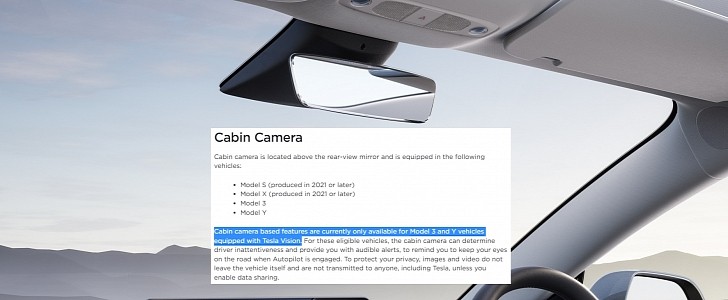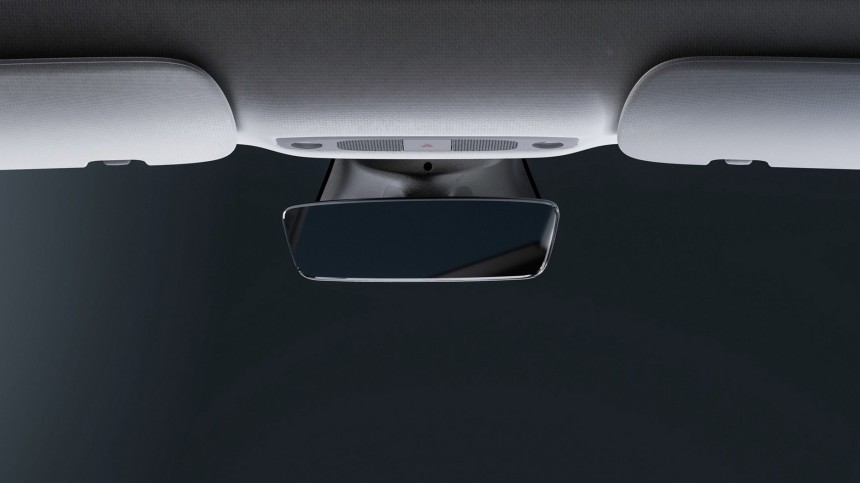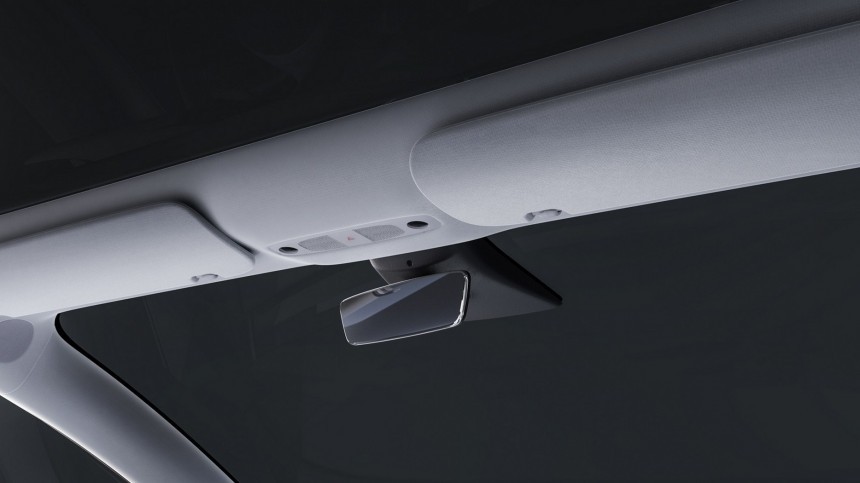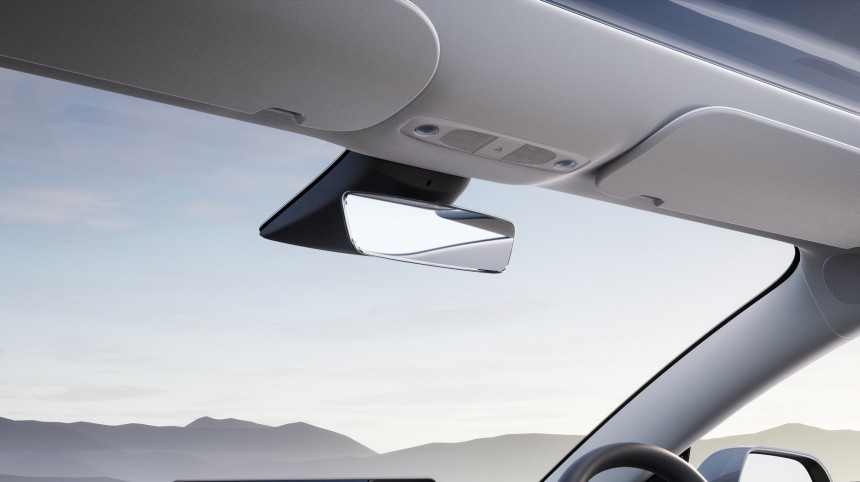Consumer Reports’s article about driver monitoring revealed that Tesla’s cabin camera makes barely any difference to avoid distracted driving. The only thing the consumer organization noticed was that people dealing with cell phones had less time without touching the steering wheel. However, at least one of its conclusions may be flawed.
CR said that it tested its Model Y and its Model S and discovered that they could use FSD (Full Self-Driving) while the camera was obstructed. The problem is that Tesla has a page that describes what the cabin camera does. Check the text (the bold is on us):
“Cabin camera is located above the rear-view mirror and is equipped in the following vehicles:
Model S (produced in 2021 or later)
Model X (produced in 2021 or later)
Model 3
Model Y
Cabin camera(-)based features are currently only available for Model 3 and Y vehicles equipped with Tesla Vision. For these eligible vehicles, the cabin camera can determine driver inattentiveness and provide you with audible alerts, to remind you to keep your eyes on the road when Autopilot is engaged.”
We contacted Jake Fisher to clarify whether the Model S had driver monitoring or not. The senior director of CR’s Auto Test Center told autoevolution that they realized the lower hands-off time with the Model Y, not with the Model S. The electric sedan was the machine that allowed the consumer organization to test FSD. And it is here that we have a problem.
If Tesla states that only Model 3 and the Model Y units “equipped with Tesla Vision” have driver monitoring, the Model S does not have that feature regardless of using Autopilot, FSD, or anything at all. According to Tesla, the internal camera still has no function in the older electric sedan. Even if that may change in the future, that means CR could not conclude now that FSD works with an obstructed cabin camera.
Either CR’s Model S had an update enabling this driving monitoring – and Tesla was faster updating its cars than the website – or Tesla is still correct, and the consumer organization is wrong. We asked Fisher about that, and he did not confirm anything about such an update. In his words, he read the Tesla page “as the cabin operation when it isn’t using FSD Beta.”
Fisher also said that we “might be right about it not doing anything in their newest Model S. Not sure why they would choose to do that, but it is possible.” The fact is that Tesla officially says it doesn’t.
To make matter worse, the decrease in hands-off time when anyone is dealing with a cell phone was tested only with the Model Y. CR’s senior director said they “limited testing of eyes off the road with our Tesla S since there have been reports of FSD Beta removed when the camera saw people abusing the system.”
If the consumer entity lost access to FSD, it would possibly need to buy a new car to keep testing it. Although that’s a fair reason to avoid cabin camera tests, it also prevents any safe conclusion about whether or not the Model S has driver monitoring. It is up to CR to prove it does despite what Tesla says.
The tests with the Model Y were enough to confirm CR’s main point about the cabin camera: it does not avoid distracted driving even in the cars in which it works. However, the conclusion that FSD still works with an obstructed camera has to be confirmed with a Model 3 or Model Y with active FSD – and people willing to abuse the system and risk losing FSD access, which costs $10,000.
Testing that with the Model S without confirming if this sedan and the Model X with cabin cameras already offer driver monitoring is like saying vaccines don’t work because of results with placebo tests – or that ABS doesn’t work in a car without them. Tesla could easily solve this if it talked to the press, but the company ceased doing so a long time ago. The ball is with CR.
“Cabin camera is located above the rear-view mirror and is equipped in the following vehicles:
Model S (produced in 2021 or later)
Model X (produced in 2021 or later)
Model 3
Model Y
Cabin camera(-)based features are currently only available for Model 3 and Y vehicles equipped with Tesla Vision. For these eligible vehicles, the cabin camera can determine driver inattentiveness and provide you with audible alerts, to remind you to keep your eyes on the road when Autopilot is engaged.”
If Tesla states that only Model 3 and the Model Y units “equipped with Tesla Vision” have driver monitoring, the Model S does not have that feature regardless of using Autopilot, FSD, or anything at all. According to Tesla, the internal camera still has no function in the older electric sedan. Even if that may change in the future, that means CR could not conclude now that FSD works with an obstructed cabin camera.
Either CR’s Model S had an update enabling this driving monitoring – and Tesla was faster updating its cars than the website – or Tesla is still correct, and the consumer organization is wrong. We asked Fisher about that, and he did not confirm anything about such an update. In his words, he read the Tesla page “as the cabin operation when it isn’t using FSD Beta.”
To make matter worse, the decrease in hands-off time when anyone is dealing with a cell phone was tested only with the Model Y. CR’s senior director said they “limited testing of eyes off the road with our Tesla S since there have been reports of FSD Beta removed when the camera saw people abusing the system.”
If the consumer entity lost access to FSD, it would possibly need to buy a new car to keep testing it. Although that’s a fair reason to avoid cabin camera tests, it also prevents any safe conclusion about whether or not the Model S has driver monitoring. It is up to CR to prove it does despite what Tesla says.
Testing that with the Model S without confirming if this sedan and the Model X with cabin cameras already offer driver monitoring is like saying vaccines don’t work because of results with placebo tests – or that ABS doesn’t work in a car without them. Tesla could easily solve this if it talked to the press, but the company ceased doing so a long time ago. The ball is with CR.











